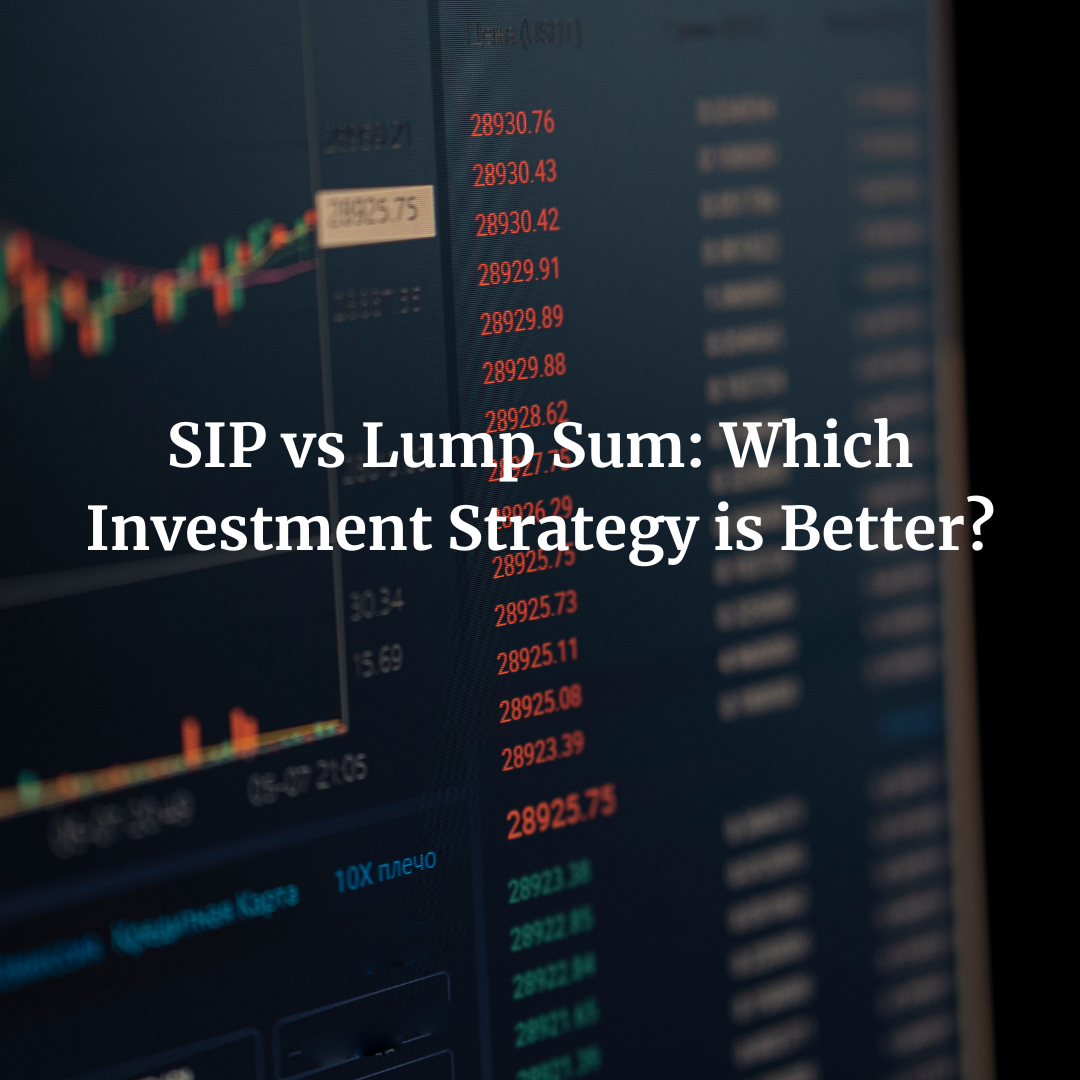Introduction
When it comes to investing, two of the most common strategies are Systematic Investment Plan (SIP) and lump sum investing. While SIP allows investors to contribute small amounts regularly, lump sum requires investing a large amount all at once. Both approaches have their benefits and risks, and the right choice depends on your financial situation and goals.
What is SIP?
A Systematic Investment Plan (SIP) is a disciplined approach to investing where a fixed amount of money is invested regularly—daily, weekly, monthly, or quarterly—into mutual funds.
-
You can start SIP with as little as ₹100.
-
It encourages saving and builds wealth gradually.
-
Suitable for salaried individuals, students, and even retirees.
-
Helps average out market fluctuations through the principle of rupee cost averaging.
What is Lump Sum Investing?
Lump sum investing means investing a large amount of money at once instead of smaller periodic contributions.
-
Ideal when you receive surplus funds such as a bonus, inheritance, or windfall.
-
Requires timing the market effectively to maximize returns.
-
Offers immediate exposure to compounding since the entire amount is invested upfront.
-
Better suited for experienced investors with higher risk tolerance.
SIP vs Lump Sum: Key Differences
| Feature | SIP (Systematic Investment Plan) | Lump Sum Investing |
|---|---|---|
| Entry Amount | Start with as low as ₹100 | Requires a large amount at once |
| Investment Style | Regular fixed contributions (monthly, quarterly) | One-time investment |
| Risk | Lower risk due to rupee cost averaging | Higher risk, as funds are market-exposed immediately |
| Market Timing | No need for market timing; averages cost over time | Requires good timing for maximum return |
| Flexibility | Highly flexible—start, pause, or stop anytime | Rigid—entire sum invested upfront |
| Compounding | Compounds gradually with ongoing contributions | Compounds immediately on total investment |
| Best For | Long-term goals (education, marriage, retirement) | Idle funds, short-term opportunities, high confidence |
| Suitability | Beginners and disciplined investors with steady income | Experienced investors willing to take higher risks |
Conclusion: SIP or Lump Sum?
Both SIP and lump sum investing have their advantages.
-
SIP is ideal for beginners, salaried individuals, and those looking for long-term, disciplined wealth creation without worrying about market timing.
-
Lump sum investing is best for investors with surplus funds, experience in the markets, and comfort with higher risk.
The best investment strategy depends on your income flow, market knowledge, and financial goals. A balanced approach—combining SIP for regular disciplined investment and lump sum when surplus funds are available—can often deliver the most effective results.

